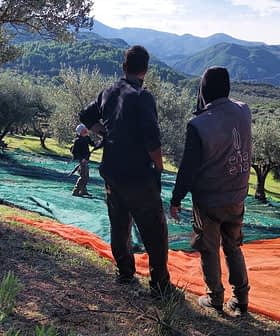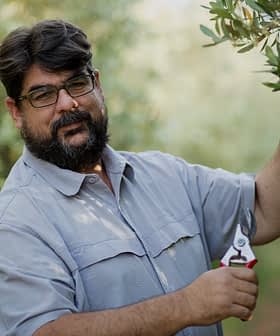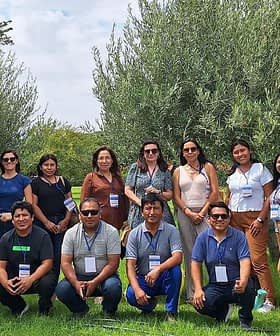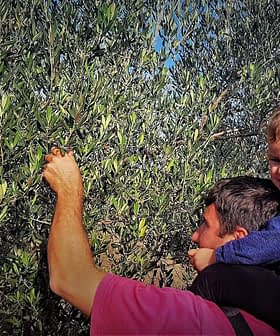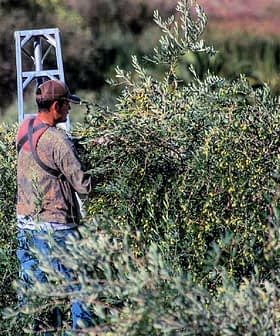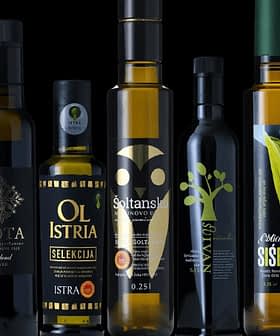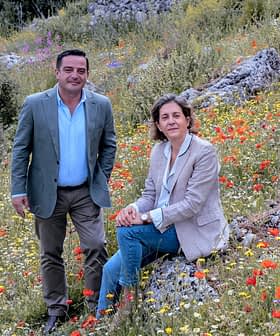Croatian Joins Elite Panel of Tasters in New York
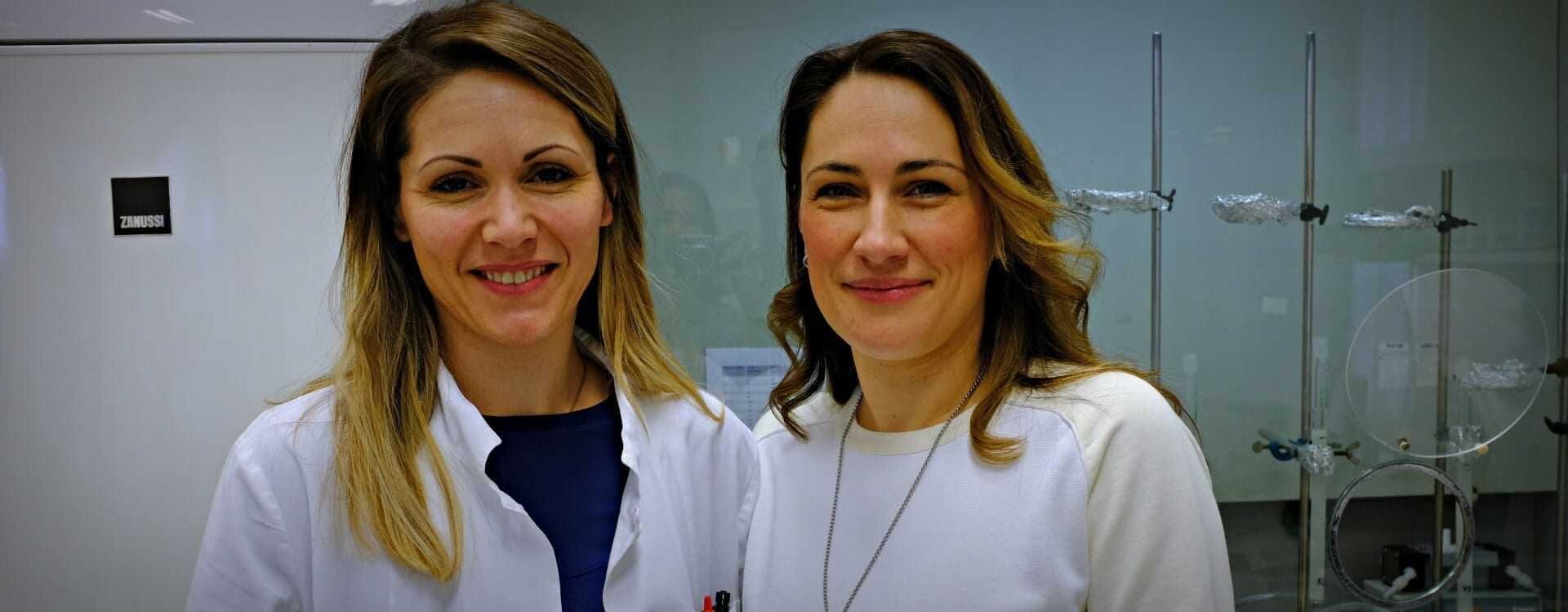
Dr. Karolina Brkić Bubola from Croatia, a senior research associate at the Institute of Agriculture and Tourism in Poreč, has been invited to be a judge at the NYIOOC World Olive Oil Competition. She leads the official panel for olive oil sensory assessment in Croatia and is involved in various research projects focused on identifying chemical compounds in olive oils. Brkić Bubola highlighted the high quality of Croatian olive oil, attributing it to the care taken by local producers in preventing damage to olive fruits and using modern technology in the production process.
One of the members of the international panel of expert tasters judging entries at the upcoming NYIOOC World Olive Oil Competition in April will be Dr. Karolina Brkić Bubola from Croatia.
I found something beautiful in that fresh green odor and bitter taste of Istrian olive oil and fell in love.
Brkić Bubola has a long experience in the world of olive oil and has dedicated her scientific career to it. She’s a senior research associate at the department of Agriculture and Nutrition at the Institute of Agriculture and Tourism in Poreč. Other important hats she wears include as deputy head of the institute’s laboratory for olive oil quality control — which she co-founded, as well as leader of the official panel for olive oil sensory assessment of the Republic of Croatia, recognized by the Ministry of Agriculture and the International Olive Council.
The NYIOOC president and Olive Oil Times publisher, Curtis Cord, invited Brkić Bubola to the elite panel of tasters after an exhaustive search process. She is the only Croatian on the team that includes ten women and eight men from thirteen countries and the first addition to the panel since Suzan Kantarci Savas from Turkey joined the panel in 2016.
Brkić Bubola invited me to visit the institute in Poreč, a medieval seaside town on the west coast of the Adriatic peninsula of Istria, an important olive-growing region. She first showed me around the lab she founded together with her colleague Marina Lukić. Dressed in a long white lab coat and her face covered in a mask, Lukić was busy at work handling test tubes and glass beakers. December is a busy time in the lab because harvest season is over and local producers send in their samples for chemical analysis so that they can legally put “extra virgin” on their labels.
Next we moved downstairs to the sensory analysis test room where the official panel Brkić Bubola leads conducts their tastings. Two long rows of partitioned tasting stations lined each side of the room and I spotted the familiar cobalt blue tasting glasses and heating units. She had even prepared a short tasting session of samples of local olive oils. We first sat down for an interview, and I asked her to tell me about her first olive oil tasting experience.
“I grew up in Bosnia and Herzegovina and we didn’t use olive oil much for cooking, only for medical or cosmetic purposes,” she said. “So the olive oil I was used to was not extra virgin. I first tasted extra virgin olive oil 15 years ago here in Istria. I found something beautiful in that fresh green odor and bitter taste of Istrian olive oil and fell in love. Then when I discovered all the science behind olive oil, a whole new world opened up for me.”
That first taste of extra virgin olive oil would be the catalyst to Brkić Bubola’s scientific career. While a PhD candidate, she joined the institute as a research assistant in 2005, eventually completing her thesis on the characterization of olive oil produced from Istrian native cultivars, which examined their volatile compounds and sensorial characteristics. This was complemented by a series of specialized courses organized by the International Olive Council and a three-month course at Jaén University, Spain, leading to a professional qualification as an expert in the organoleptic assessment of virgin olive oil.
Having tasted olive oils from all over the world and intimately studied the cultivars that are native to Croatia, I asked her to tell me what’s unique about Croatian olive oil and how many varieties are cultivated here.
“Biodiversity is very high in Croatia,” she revealed, “and we have lots of autochthonous olive cultivars like Istarska bjelica, buža, rošinjola, and žižolera found here in Istria, and oblica, levantika, and plominka in other parts of Croatia.”
“Croatia has two olive-growing regions: Istria and Kvarner in the north-west and Dalmatia along the southern Adriatic coast. and they are quite different. Temperatures tend to be higher in Dalmatia. It has a very long coastline and olive trees also grow on the many islands of the Adriatic. Oblica is one of the most abundant that’s found all over Dalmatia, but there’s also levantika and lastovka. It’s difficult to know exactly how many varieties we have in Croatia. One of our projects here at the institute is to classify these. We definitely have around 80 and are constantly finding new genotypes.”
In addition to native varieties, Brkić Bubola explained that there are several Italian cultivars which have been introduced, especially in western Istria, like leccino and pendolino. “These olive varieties start to change color and ripen before our own cultivars. So this is the reason why we harvest the Italian varieties first, and then our own. Most producers harvest Istarska bjelica last because this is a variety that changes color later than the others. Its oil is very high in pungency and bitterness since it is one of the richest varieties in Istria in terms of phenolic compound content next to rošinjola and karbonaca,” she added.
She went on to explain that while each variety gives a specific odor and taste to the oil, the soil and climate are other important factors that influence the characteristics of an olive oil. The fact that Istria is located in the northernmost olive-growing region of the Mediterranean influences the taste which can range from middle to intense bitterness and pungency. This is also the reason for the high levels of phenol compounds in Istrian olive. Another aspect that influences quality is early harvesting.
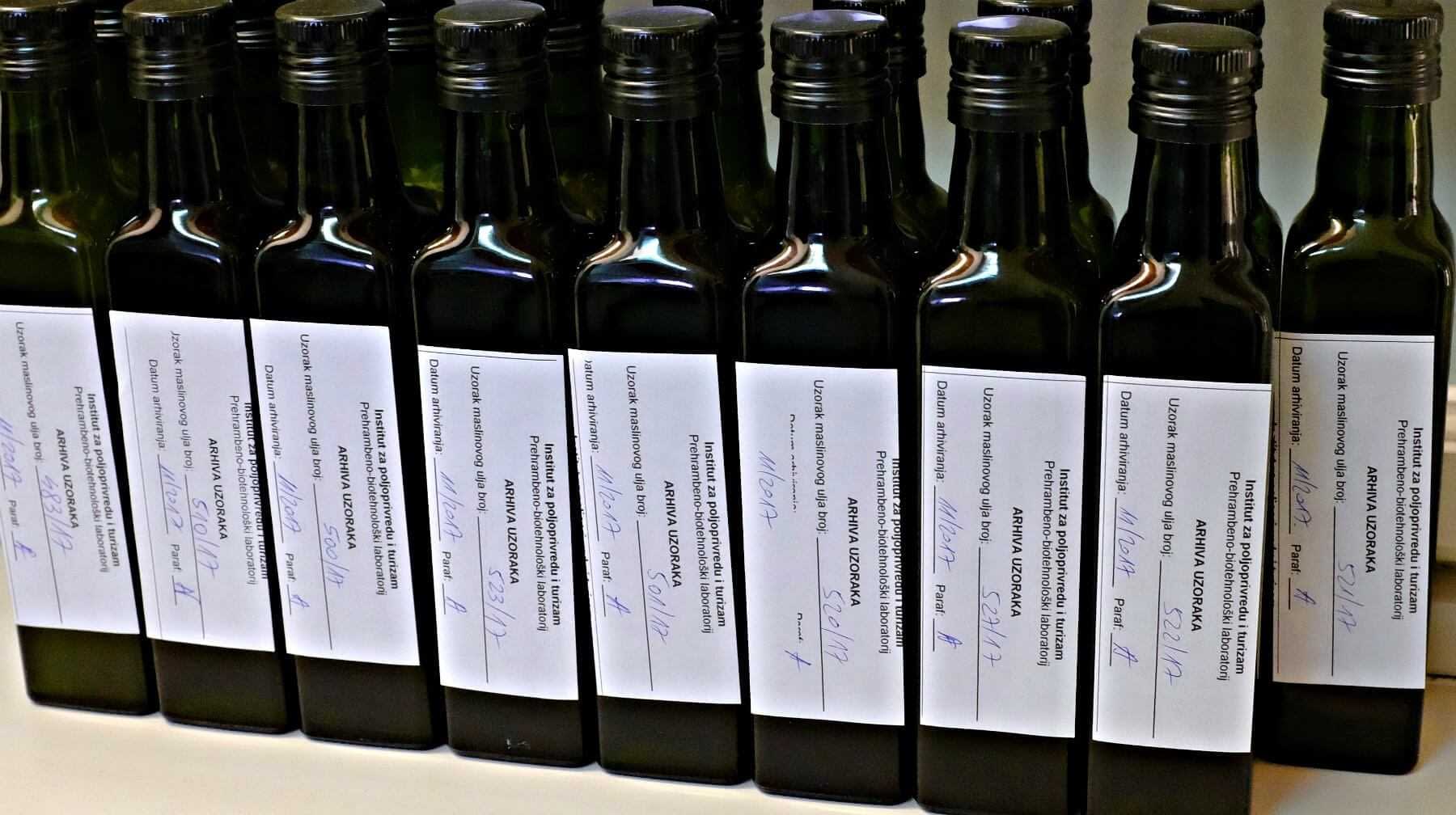
Samples at the Institute of Agriculture and Tourism in Porec. (Photo by Isabel Putinja)
We can’t forget that a good dose of TLC on the part of producers also makes a big difference. “The quality of our olive oil is very high because producers take care to prevent damage to the olive fruits,” she pointed out. “People are aware what quality olive oil is and they try to make the best oil they can produce. They protect their fruits and ensure they’re healthy. They harvest early and press the olives within 24 hours – which is very important, at mills using modern technology with two-phase centrifuge.”
“The result is olive oil with a low acidity level, low level of oxidation and high polyphenol content,” she continued. “Care is also taken to protect olive oil from oxidation during the milling process and after. The oil is stored in inox tanks filled with nitrogen to keep the oil from oxidizing. At each step it’s important to protect the oil from light, temperature and oxygen: the three enemies of olive oil. When measures like this are taken, the olive oil can be preserved for up to 18 months and it retains that smell of very fresh young green olive oil.”
“But of course it’s not only modern technology. I think that there’s also a lot of tradition and love that local producers put in their products,” she added. “In Croatia olive oil is mostly produced by small family businesses and the whole family is somehow involved in producing that product, including children who help pick the olives, for example. So it’s not only modern technology, it’s also the love they put in it.”
In addition to working in the lab and heading the sensory panel, Brkić Bubola is also involved in several important research projects. One is Typicro, funded by the Croatian Foundation for Science, that aims to identify the chemical compounds, specifically the phenolic and volatile compounds which are responsible for the odor and taste of olive oils and wines produced from autochthonous cultivars found in Croatia. She’s also one of the experts involved in the European Union’s OLEUM project that aims to find better solutions for the assurance of quality and authenticity control of olive oil. As one of the objectives of this project is to prevent fraud and boost consumer confidence, I asked her if olive oil fraud is a problem encountered in Croatia.
“Since olive oil is an expensive product, it’s susceptible to fraud all over the world,” she said. “I can’t really judge what is the situation in Croatia because we have quite a small production and generally our government tests one sample per 1,000 tonnes to check the market. That means it should test five to six samples but they usually test more and each year they increase that number to protect Croatian producers as well as consumers. We rarely encounter the problem of olive oil being mixed with other types of oil. More common is the wrong category of olive oil quality listed on the label.”
My final question for an olive oil expert who has tasted oils from all over the world was a simple one: Do you have a favorite? Her answer was predictably diplomatic, considering her position as a member of the panel who will soon declare this year’s best olive oils. “If we’re talking about local Istrian varieties, I think that our Buža is a very interesting variety because its oil is very fruity and aromatic with a bitterness and pungency which appears a little bit later and increases in intensity over time to very spicy and persistent. But I really like all extra virgin olive oils since different types of olive oil pair well with specific foods. There’s a whole science behind food pairing when it comes to wine and I think that the future is food pairing with different varieties of olive oil.”


